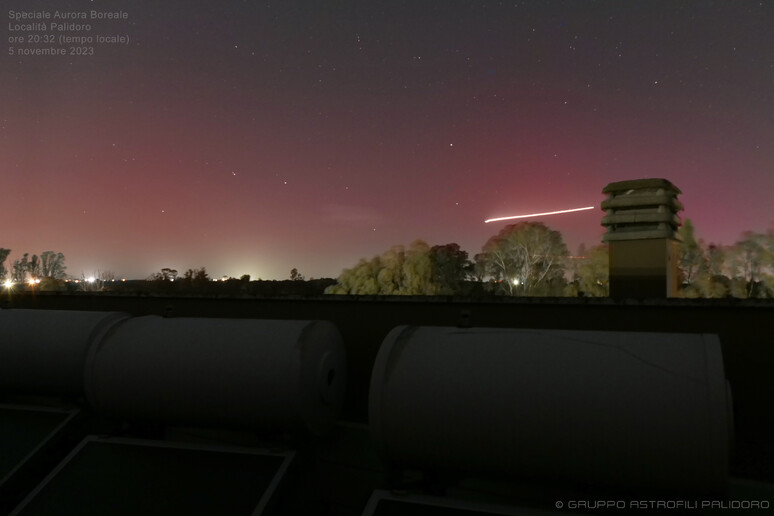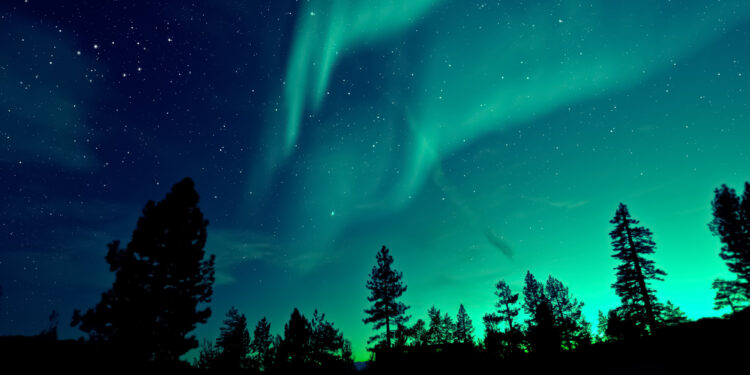Yesterday afternoon, Sunday 5 November, inhabitants of several Italian regions had the privilege of witnessing one of the most fascinating and rare spectacles in the sky: the Aurora Borealis. This extraordinary natural event enchanted the lucky observers, whose photographs shared online testify to the beauty of this celestial manifestation, unusual for our latitudes.
The aurora borealis, usually associated with the polar regions, has occurred in several parts of Italy and other parts of Europe, including Slovenia, Romania, Austria and England, albeit less frequently than in polar areas.
These rare events remind us of the wonder of nature and the variety of phenomena that our sky has to offer. But what causes the Northern Lights?
The Aurora Borealis: A Unique Celestial Spectacle
The aurora borealis is an optical phenomenon that usually occurs near the Earth’s polar circles. In the northern hemisphere, it is known as the aurora borealis, while in the southern hemisphere, its counterpart is the aurora australis.The aurora borealis occurs when charged particles, mainly electrons and protons, from the solar wind interact with the Earth’s atmosphere. These charged particles are guided towards the poles by the Earth’s magnetosphere, the region where the Earth’s magnetic field interacts with the solar wind.
When these charged particles reach the atmosphere, they come into contact with gas molecules, particularly oxygen and nitrogen. This interaction causes light to be emitted, resulting in the characteristic light streaks of the aurora borealis. The colours vary from green to purple, red and blue, depending on the type of molecule involved in the interaction and the altitude at which the event takes place.

image source: Gruppo Astrofili Palidoro

































